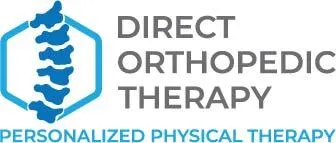The skeletal system supports the body and includes components such as bone, tendon, ligament, tendon, cartilage, and tendon. Cartilages, which provide flexibility and sport to different organs, are an integral part of our skeletal systems. The costal cartilage, which is found in the sternum and rib bones, also contains cartilage. These cartilages are hyaline and serve to extend the Sternum’s life and give it flexibility.
Costochondritis is a condition where there is inflammation of the costal cartilage.
Costochondritis Causes:
Costochondritis is caused by several factors.
- Costochondritis can result from a sternum injury, such as in a car accident.
- Costochondritis can also result from arthritis
- Costochondritis can be caused by physical strain, such as lifting very heavy objects or during bodybuilding.
- Osteochondritis can also be caused by bacterial and viral infections.
- Non-cancerous tumors and cancer tumors can also cause changes in the structure of the joints that could lead to osteochondritis.
- Excessive Use of Arms
Costochondritis symptoms
Costochondritis symptoms are easily identified by an expert physician. However, in most cases, patients confuse the costochondritis symptom with the heart attack as it is the same pain. Costochondritis symptoms include:
- A sharp stabbing pain in the front of your chest that may radiate down to your lower back or into your stomach.
- Pain in the left breastbone
- If you take deep breaths or repeatedly cough, the pain can be extreme. This is because of excessive movement in your sternum
- When you press your chest, you can feel tenderness. This is due to swelling in the cartilage
What can physical therapy do?
Physical therapy for costochondritis helps to manage the symptoms and reduce inflammation. This allows the body to function normally without the need for surgery. To maintain the proper position of the ribs, cartilage, and joint mobilization, the physical therapist used a variety of exercises, including mobilization, joint mobilization, increasing range of motion and stretching, respiratory exercises, and postural strength exercises. Costochondritis can also be treated with other therapies such as heat, cold, ultrasound, and electrical stimulation. Costochondritis is not a condition that can be treated with medications. Therefore, extensive physical therapy is required to treat costochondritis patients. Patients who are not receiving effective and regular physical therapy can become more severe and may need surgery.


